

Alopecia is the medical term given for hair loss. Feline symmetrical alopecia is a distinctive form of hair loss in cats, characterized by hair loss forming in a symmetrical pattern with no gross changes to the skin. This symptom is a characteristic manifestation of a number of underlying disorders, including parasites (such as fleas), or infection.
There is no apparent age, breed, or gender that is more susceptible to this form of hair loss in cats.
Feline symmetrical alopecia is evident by partial to total hair loss, typically in a symmetrical pattern, however this can also occur in patchy distribution. The most commonly affected areas are the trunk and thighs.
There are a wide variety of underlying causes that can lead to feline symmetrical alopecia. These include hypersensitive reactions to triggers such as food, skin parasites, infections – bacterial or fungal, and stress. One more significant cause is hyperthyroidism, a condition in which the thyroid gland tissues are overactive, resulting in overproduction and circulation of various thyroid hormones. Alopecia can be an early sign of hyperthyroidism. Another potentially more serious cause is pancreatic neoplasia, which consists of abnormal cell growth, such as a tumor, in the pancreas.
When feline symmetrical alopecia becomes evident, it is important to diagnose the underlying cause. Because there is a wide range of underlying causes, diagnostic procedures may vary depending on any other apparent symptoms and initial test results.
Fine combing of the hair may identify fleas or flea excrement if these parasites are to blame. A microscopic examination of hair can show if the hair loss is self-induced (from excessive licking, for example) by showing broken hairs rather than hair that has come out at the root. Fecal examination may also reveal excessive hair, mites, tapeworm, or fleas. Other diagnostic tests that may be done include a urine analysis and a thyroid test.
Treatment and care varies, depending on the underlying cause of the condition. Various medications and procedures may be prescribed based on your pet's individual diagnosis.
Frequent examinations of symptoms are important to ensuring the success of the treatment. If the underlying cause of alopecia is successfully determined and treated, the prognosis is good. Many causes of feline symmetrical alopecia – such as fleas – can be controlled.
There are many underlying causes that may lead to feline symmetrical alopecia, some of which may be prevented. To avoid alopecia due to flea infestation, for example, regular use of flea powder may prove useful.
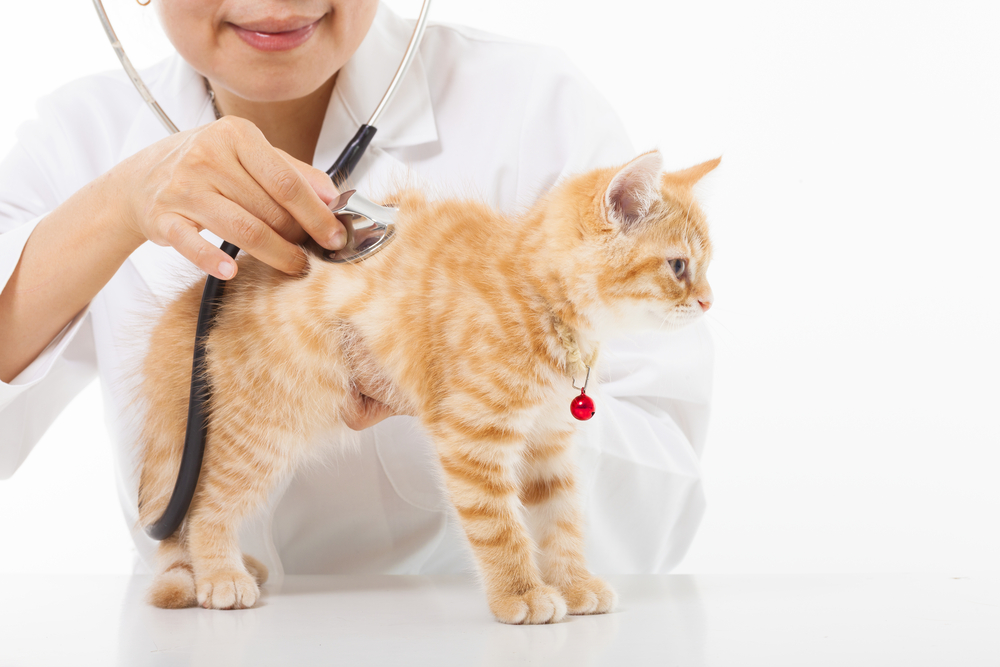 Whipworms in Cats
Trichuriasis in Cats
Cats transmit whipworms (Tri
Whipworms in Cats
Trichuriasis in Cats
Cats transmit whipworms (Tri
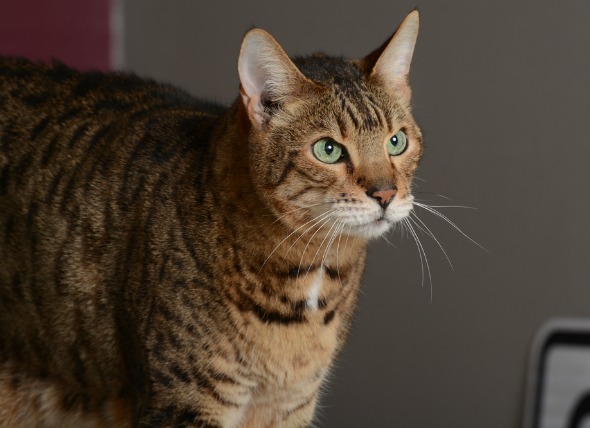 Bacterial Infection (Pyelonephritis) of the Kidneys in Cats
Pyelonephritis in Cats
Pyelonephritis is a bacter
Bacterial Infection (Pyelonephritis) of the Kidneys in Cats
Pyelonephritis in Cats
Pyelonephritis is a bacter
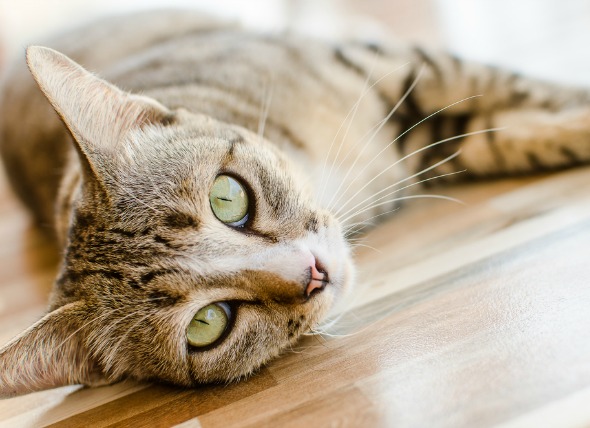 Black, Tarry Feces due to Presence of Blood in Cats
Melena in Cats
Melena, the term used to des
Black, Tarry Feces due to Presence of Blood in Cats
Melena in Cats
Melena, the term used to des
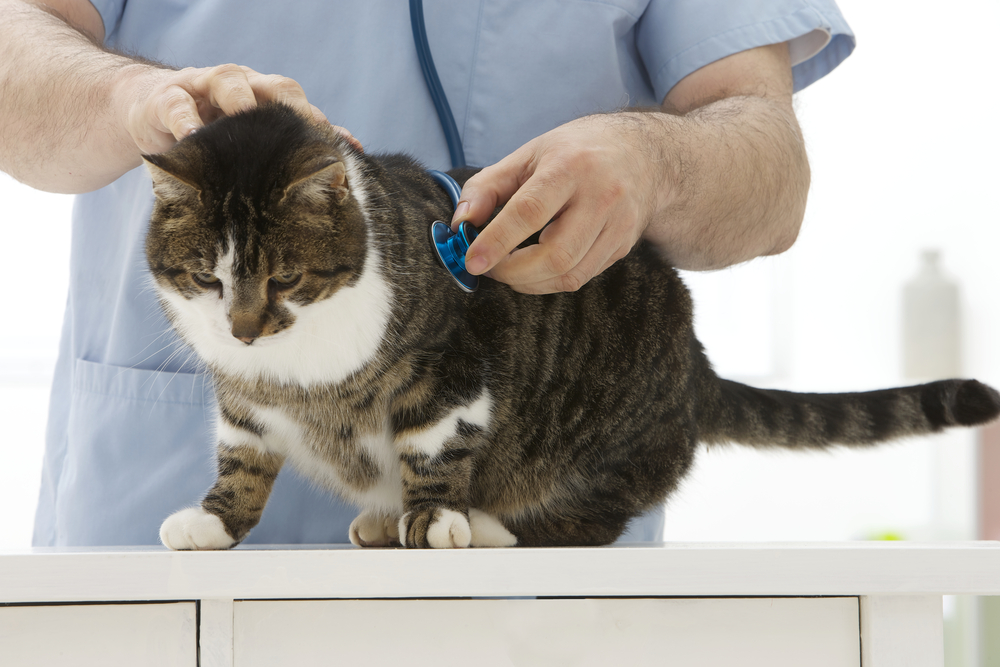 Particles in the Urine in Cats
Cylindruria in Cats
Particle matter in the urine
Particles in the Urine in Cats
Cylindruria in Cats
Particle matter in the urine
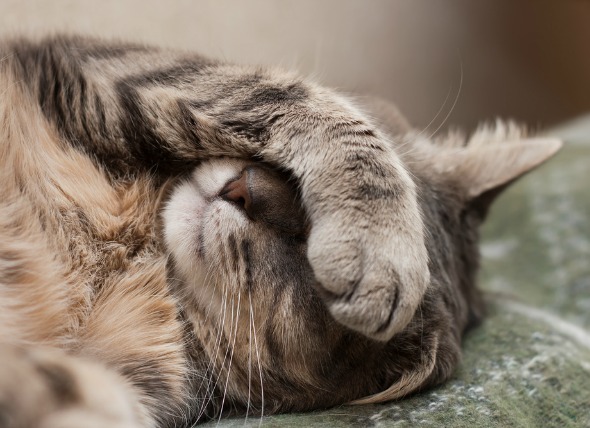 Vomiting of Blood in Cats
Hematemesis in Cats
Hematemesis, or the vomiting
Vomiting of Blood in Cats
Hematemesis in Cats
Hematemesis, or the vomiting
Copyright © 2005-2016 Pet Information All Rights Reserved
Contact us: www162date@outlook.com